After the Mediterranean Sea one, don’t miss the Arctic present-day total mercury mass balance!
They provide an updated mass balance of the Arctic land and ocean mercury cycle.
Some recent GEOTRACES science findings are reported below.
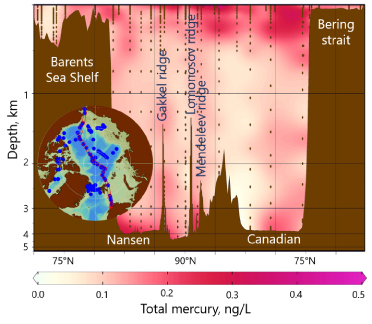
They provide an updated mass balance of the Arctic land and ocean mercury cycle.
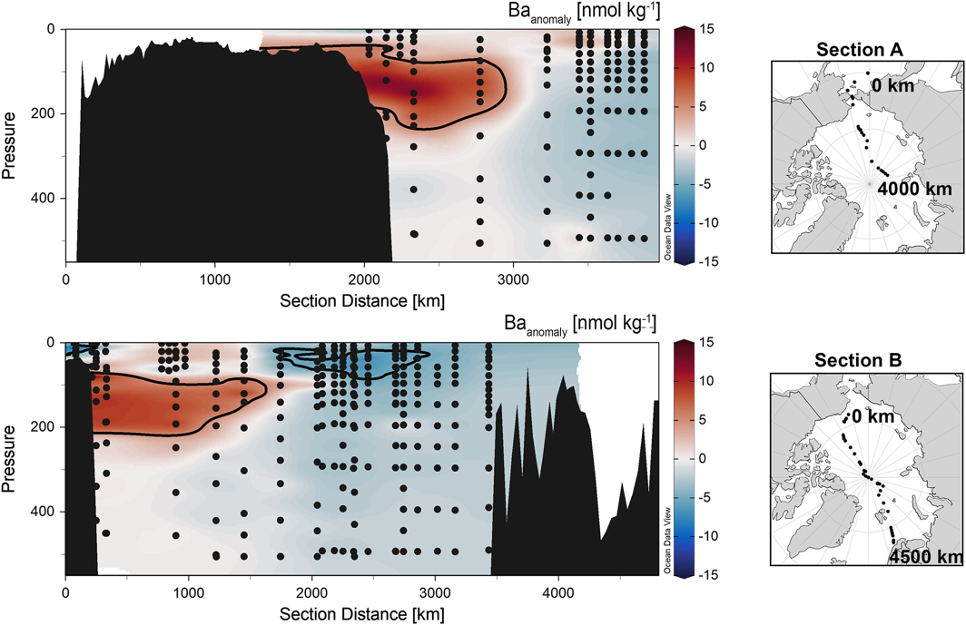
They synthesized what controls the barium distribution in the Arctic Ocean.
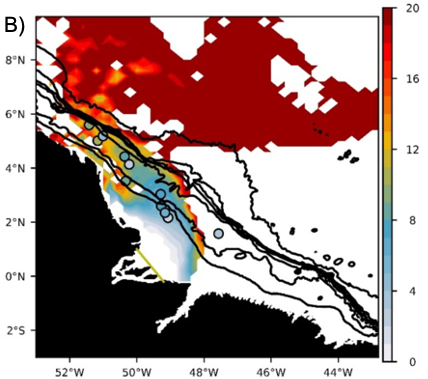
In this study, radium is used as a tracer for the waters of the Amazon that mix with those of the Atlantic Ocean.
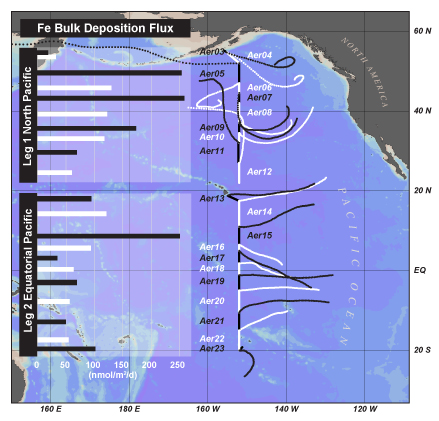
A suite of trace element was measured in aerosols collected in the North and equatorial Pacific.
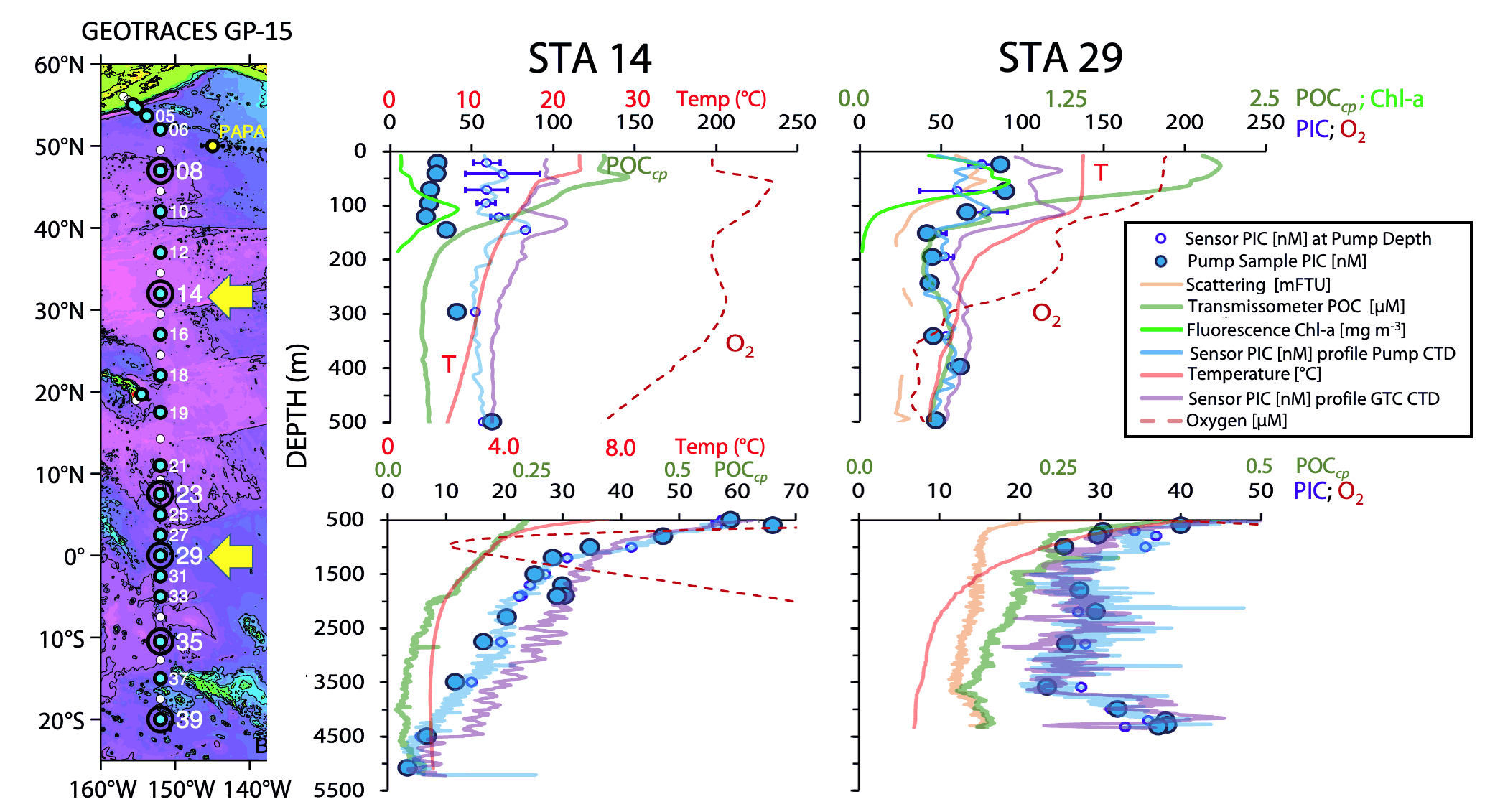
They have developed optical sensors for particulate inorganic carbon concentration.
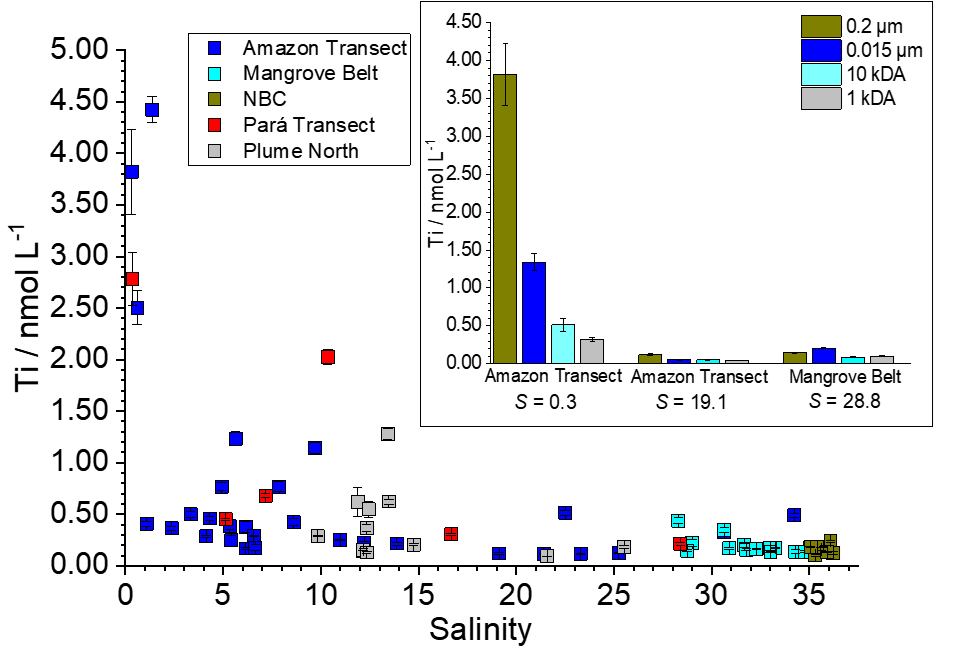
They established the distribution of titanium in Amazon and Pará rivers and their related plume during the high discharge period.
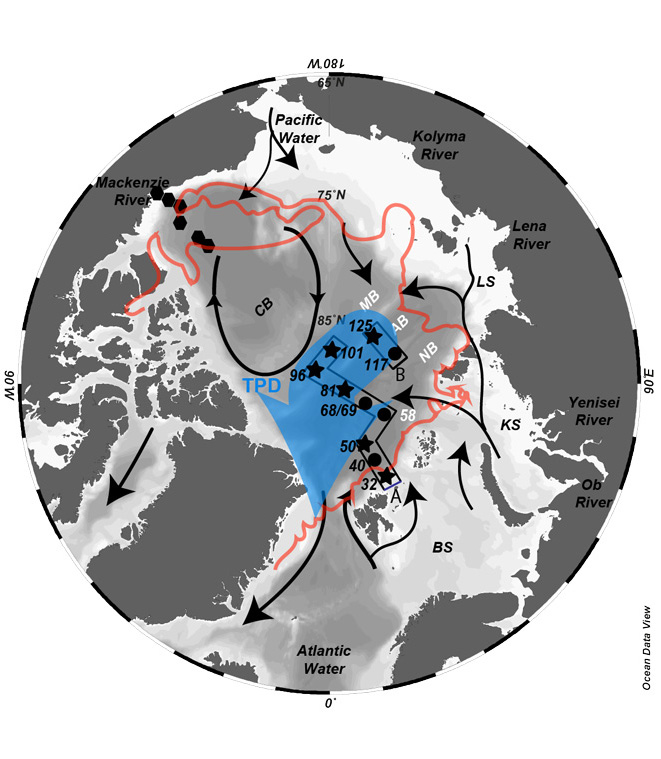
Their findings highlight the importance of the Transpolar Drift in delivering dissolved silica and iron to feed low diatom primary production in the central Arctic Ocean.
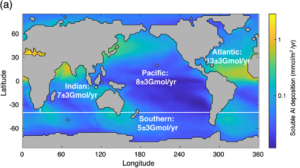
Xu and Weber developed a data-assimilation model of the aluminum oceanic cycle.
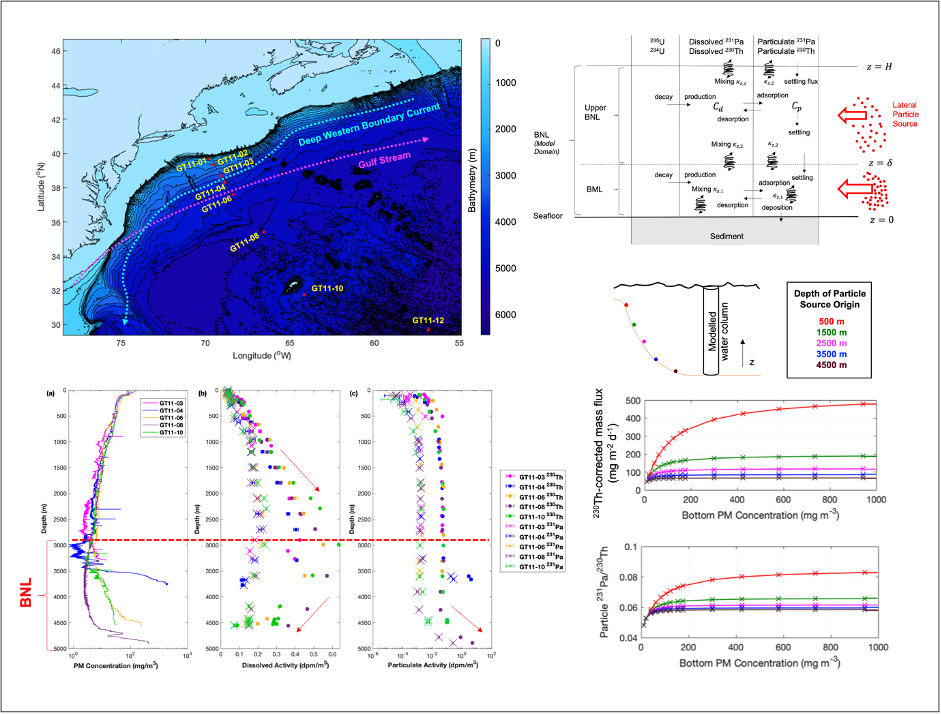
Chen and colleagues explore the behaviour of thorium-230 and protactinium-231 in the benthic nepheloid layers…